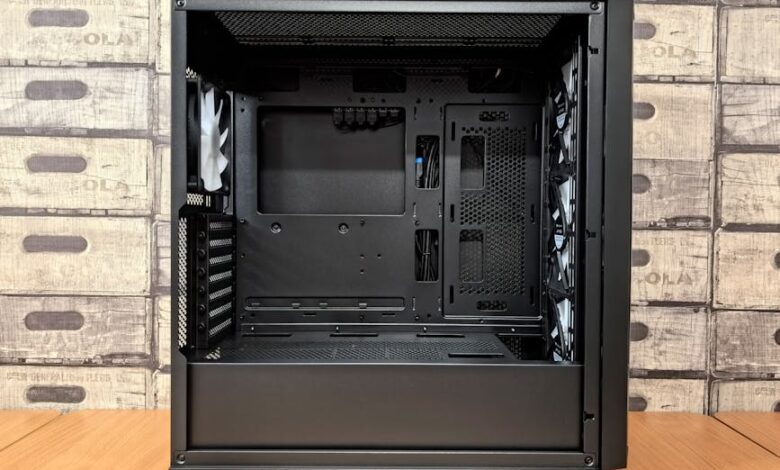The Curious Case of On-Chain Messages: Why So Complicated?

Ever heard the whisper about hidden messages etched onto the very fabric of the Bitcoin blockchain? Or perhaps you recall the famous genesis block of Bitcoin, forever bearing the headline “The Times 03/Jan/2009 Chancellor on brink of second bailout for banks”? This wasn’t just a random snippet; it was a profound, subtle wink from Satoshi Nakamoto, encapsulating the very essence and purpose behind Bitcoin’s creation.
For many, the idea of embedding a message on a decentralized ledger sounds like something out of a cyberpunk novel. And indeed, Satoshi’s message wasn’t just typed into a text box. It was buried in hexadecimal code, requiring conversion to ASCII to reveal its plain text meaning – a process that sounds pretty daunting if you’re not a cryptographer.
This raises a fascinating question: can we, the ‘average mortals,’ also engrave our own eternal notes on a blockchain? The answer is a resounding yes, but as with most things in the decentralized world, it comes with its own set of fascinating complexities and important considerations. Let’s unpack how it’s done and why you might—or might not—want to do it.
The Curious Case of On-Chain Messages: Why So Complicated?
On the surface, slipping a personal note into a crypto transaction sounds like a fun, innovative way to leave a digital breadcrumb. Yet, the reality is that most crypto networks weren’t built for chatting. They weren’t designed to be messaging apps, but rather immutable ledgers focused on security, reliability, and primarily, financial transactions.
The main hurdle, you see, is practical. Every single transaction, including any text you might add, gets copied by every full node on the network. This means it lives forever, replicated across the globe. Adding more and more data to these transactions, especially large chunks of text, could significantly impact the entire network.
Imagine the implications: slower transaction processing, massive storage requirements for node operators, and ultimately, higher maintenance costs. In the blockchain community, this is often dubbed “blockchain bloat.” It’s a serious concern because if the chain grows too large, fewer people can afford to run a full node, which then risks centralizing the network – antithetical to the very spirit of decentralization.
Crypto networks are also under immense pressure to maintain robust security and remain decentralized. Every node must validate every single transaction. This inherent design limits how much data, even seemingly harmless messages, the network can carry at any given time without compromising its core principles. So, while these networks *allow* for text delivery, they do so in tiny, deliberate ways, never as expansive conversation platforms.
Engraving a message on a blockchain is possible, and undeniably cool, but it always begs the question: is it truly worth the technical effort and the potential impact on the network?
Decoding the Process: How Messages Get Written on Major Chains
So, you’re convinced it’s worth it, or at least curious enough to see how it’s done. We’re not pulling your leg – it is indeed possible. However, unless you’re using specific, message-friendly networks, it’s rarely as simple as typing your message and hitting ‘send’. The process usually involves converting your message into hexadecimal code, finding wallets that support this functionality, or delving into advanced features within them, and then carefully pasting that hex code into a designated field.
Bitcoin, Dogecoin, Litecoin: The OP_RETURN Route
Each network, naturally, has its own flavor of handling this. Bitcoin, for instance, employs a special feature called `OP_RETURN`. This opcode allows you to attach a small amount of arbitrary data—up to 80 bytes—to a transaction. While 80 bytes might not sound like much, it’s enough for a concise, powerful statement, or even a coded message.
To use `OP_RETURN`, you’ll often need specific wallets like Moonshine, Trezor, or imToken that expose this feature. And yes, you’ll still need to convert your plain text message into hexadecimal code beforehand. Once the transaction is confirmed, that message is immutably stored on the chain, visible through public explorers, much like the famous tribute to Len Sassaman. Given their shared codebase, Dogecoin and Litecoin offer similar `OP_RETURN` options.
Ethereum and BNB Chain: Hex Data in Transactions
If you’re more familiar with the Ethereum ecosystem, networks like Ethereum and BNB Chain also allow you to include data within a transaction. Wallets such as MetaMask, for example, often have an option to “Show hex data.” By enabling this, you can paste your hex-encoded message into the data field before broadcasting the transaction. The beauty here is that this doesn’t necessarily need to transfer any value; your words are simply left behind in the transaction record for all eternity.
Ripple (XRP) and Stellar (XLM): Memos and Tags
Other networks, like Ripple (XRP) and Stellar (XLM), have dedicated ‘memos’ or ‘tags’ fields. These were originally intended to help identify deposits on centralized exchanges, acting as a sort of internal transaction reference. While their primary purpose is functional, these public fields are sometimes repurposed (or, shall we say, *abused*) to share various data, including dubious content or even harmful links. It’s a good reminder that not all public messages will be benign, and vigilance is key – always ignore the tricks of malicious actors.
A Simpler Path? Sending Human-Readable Messages with Ease
After navigating the hex codes, specific wallets, and byte limits, you might be thinking, “Is there really no easier way to just type a message and send it?” Well, I’m glad to report that not every crypto network makes the process of sending plain text so difficult. If your goal is to engrave a permanent message (or even a temporary one) on a distributed ledger without all the complex steps, some networks have streamlined the experience.
Take Obyte, for instance. Through its native wallet, you can send a simple text message in a remarkably straightforward manner. Within the “Send” menu, you’d typically choose a token to send. Instead, you simply select “Text” in the “What to send” field. Type your message, and it becomes an integral part of the network’s Directed Acyclic Graph (DAG) rather than a traditional blockchain. Anyone can then view it through Obyte’s public explorer.
The simplicity doesn’t stop at plain text, either. Beyond sending assets and simple messages, you can also send private profiles, attestations (like verified IDs), data directly into oracles (trusted data sources for smart contracts), or even leave temporary data that vanishes after a day, while its cryptographic proof (in the form of a hash) remains forever on the ledger.
The real highlight is that you won’t need to grapple with strange codes or ASCII conversions. You simply type what you want, pay a tiny fee (which covers the network’s processing costs), hit send, and your message is indelibly recorded. Whether it’s a casual quote, a timestamped personal note for future reference, or something more creative, Obyte empowers anyone to put their words alongside their transactions without needing to become a blockchain engineer first.
:::info
Featured Vector Image by vectorjuice / Freepik
:::
Beyond the Bytes: What Your Message Truly Means
The journey from Satoshi’s veiled newspaper headline to today’s more accessible messaging options on crypto networks is a testament to the evolving ingenuity within the decentralized space. While early blockchains focused on core financial transactions, the human desire to communicate, record, and leave a permanent mark has pushed the boundaries of what these ledgers can do.
Whether you choose to meticulously convert a message to hexadecimal for a historical Bitcoin transaction, utilize a data field on Ethereum, or simply type your thoughts into a user-friendly platform like Obyte, the act of sending a message via a crypto transaction is more than just a technical feat. It’s a fascinating blend of technology and the timeless human impulse to engrave words that stand the test of time, secure and immutable on a distributed ledger. Before you hit ‘send,’ however, take a moment to consider not just how you’ll do it, but why it matters to you. What message will you choose to make eternal?





